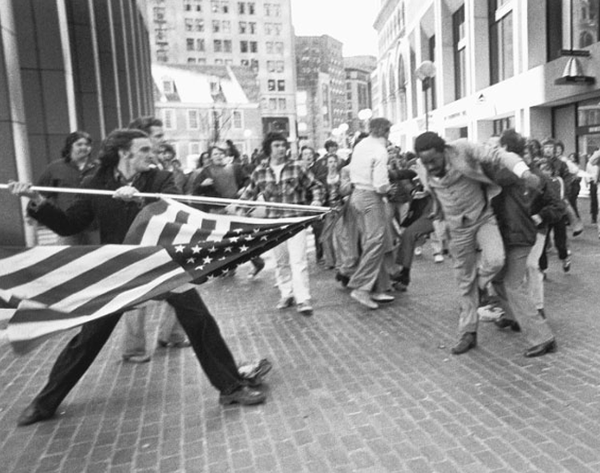The Contrast of Title IX’s Anniversary Amidst SCOTUS Rulings
Along with much of the country, I celebrated the 50th anniversary of Title IX this month. Title IX states: No person in the United States shall, on the basis of sex, be excluded from participation in, be denied the benefits of, or be subjected to discrimination under any education program or activity receiving Federal financial assistance.
I celebrated because I have had the chance to see the vital role Title IX played in my opportunities, the opportunities of my students, and most recently my own children. I was old enough to see my sister* have different and limited experiences from the boys in her grade school. By the time she was in junior high and in high school she got to be a part of emerging, equal athletic programs thanks to Title IX. Five years later, I was the beneficiary of those pioneers when I joined more developed tennis and basketball programs. I became a teacher and got to coach middle school girls in three different sports. I got to see my daughter* choose hockey and la crosse as her preferred extracurricular activities. I have loved seeing legendary tennis star Billie Jean King, powerhouse programs like the Minnesota Lynx, the WNBA (turning 25! #thanksTitleIX), and others publicly celebrating Title IX this month.
I am grateful for the opportunities and quality of life Title IX has offered all of us.Paradoxically, last week the Supreme Court of the United States chipped away at the separation of church and state that I grew up being taught. The separation of church and state protected my religion from state interference and my government from religious interference. The Carson V. Makin decision both undermines our public schools by syphoning public money away from them to pay for religious education, and it threatens religious institutions by making them vulnerable to state interference. Public schools adhere to the non-discrimination statutes and expectations every student deserves; that guarantee is not automatic for religious schools. As Albert Shanker Institute and American Federation of Teachers president, Randi Weingarten said, “With public funding comes public accountability. It is wrong to force taxpayers to fund a school that discriminates against our most vulnerable students when the school is supposed to substitute for public education.”

